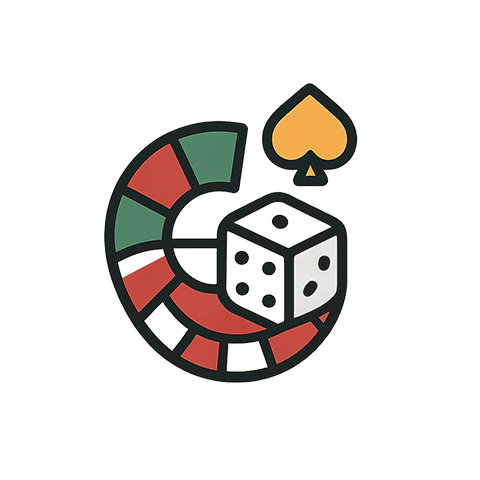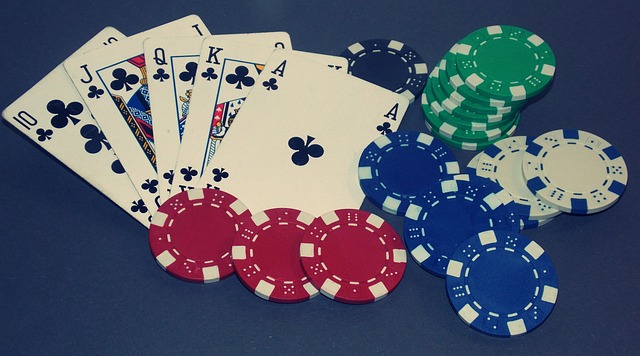The Poker Player’s Guide to Playing Opposite Styles
In the world of poker, players constantly face the challenge of adapting to a myriad of styles and strategies. Among these are two fundamental approaches that often feel like opposing forces: the tight-aggressive and loose-passive styles. Mastering the art of playing opposite styles not only enhances your own game but also allows you to capitalize on your opponents’ weaknesses. Here’s how you can navigate this intriguing aspect of poker.
Understanding Opposite Styles
Before diving into strategies, it’s crucial to understand what we mean by ‘opposite’ styles. A tight-aggressive player tends to play fewer hands but does so aggressively, applying pressure when they do choose to enter a pot. Conversely, a loose-passive player plays many hands and tends to call more often than they raise, making them less predictable but also potentially less profitable. Recognizing these contrasting styles is your first step in using them to your advantage.
Adapting Your Strategy
When faced with an opponent who embodies the opposite style of yours, understanding how they think is vital. If you are a tight-aggressive player, facing a loose-passive opponent, you should ramp up your aggression even further. By increasing your betting and raising frequency, you can exploit their tendency to call without a solid hand. Your goal is to force them into tough decisions, where they may either fold their marginal hands or risk losing more chips by calling your bluffs.
On the flip side, if you’re a loose-passive player dealing with a tight-aggressive opponent, your objective should be to use your innate unpredictability to your advantage. Make unexpected bets and raises, particularly when you catch a strong hand. Tight players might be hesitant to engage in larger pots without solid holdings, allowing you to capitalize on your perceived weakness and take down pots with stronger hands when they least expect it.
The Psychological Element
Feeling your opponent out is a significant part of poker strategy. When playing opposite styles, it’s essential to gauge their reactions and adapt accordingly. A tight-aggressive player might make you feel pressure, which can lead you to reconsider your approach. Conversely, a loose-passive player might invite you to enter more pots than you should, using your aggressive tendencies against you. Always stay observant and ready to adjust your strategies based on how your opponents respond to your play.
Bluffing and Value Betting
Bluffing is an essential tool in any poker player’s arsenal, but its effectiveness can vary greatly depending on the style of play you and your opponents adopt. If you are a tight-aggressive player, your bluffs are likely to carry more weight against a loose-passive opponent. Their tendency to call can often lead them to fold to your aggression, especially when you’ve established a tight image. On the other hand, if you are playing loose-passive, your bluffs may often be disregarded by tight players who are waiting for premium hands before they commit chips to the pot.
Finding Balance
One of the most effective approaches to mastering opposite styles is learning how to strike a balance. By integrating elements from each style into your play, you not only protect yourself from being predictable but also allow for flexibility in various game situations. For instance, a loose-aggressive strategy can enable you to play more hands fearlessly while also taking advantage of tight players who may become too cautious in their play.
Ultimately, the key to success in poker is the ability to adapt and evolve. By embracing the concept of playing opposite styles, you open yourself up to a rich array of strategies and tactics that can help you outplay your opponents, regardless of their tendencies. So, as you sit at the table, remember that every decision you make can be a chance to exploit the opposing style and turn the odds in your favor.




